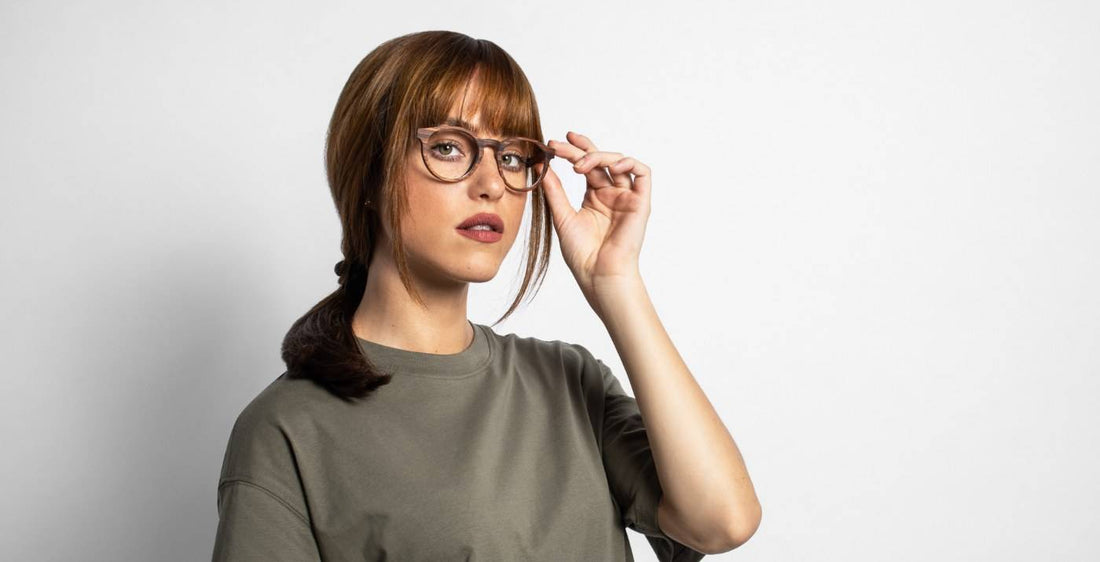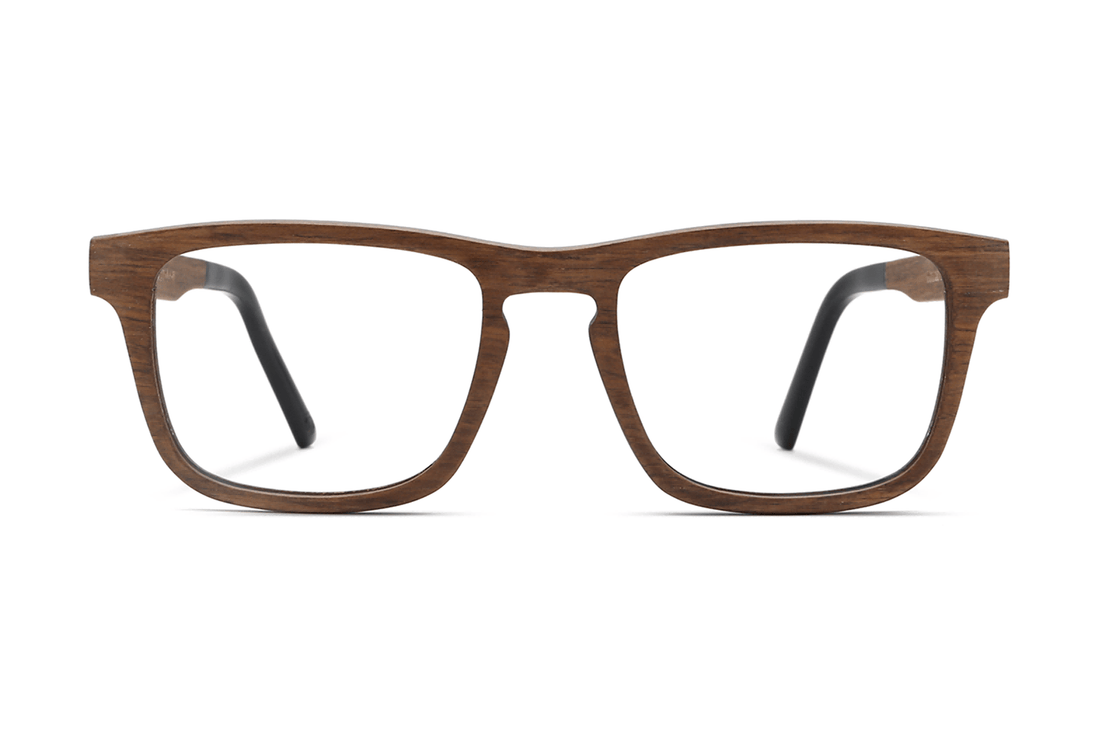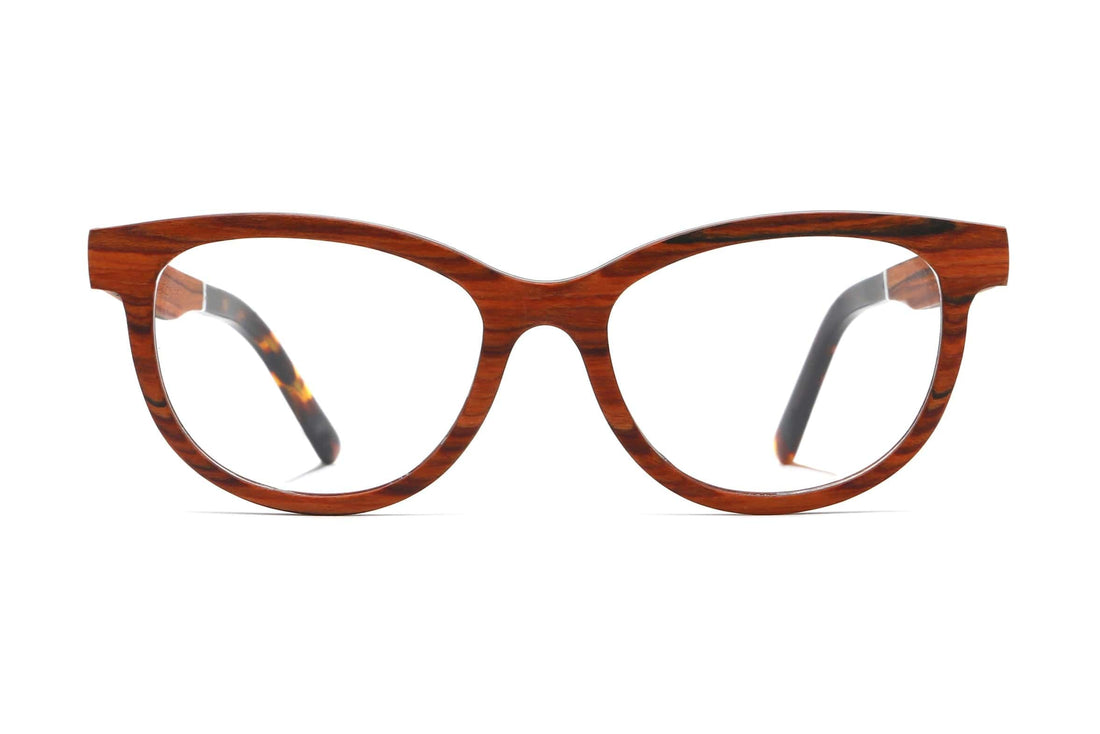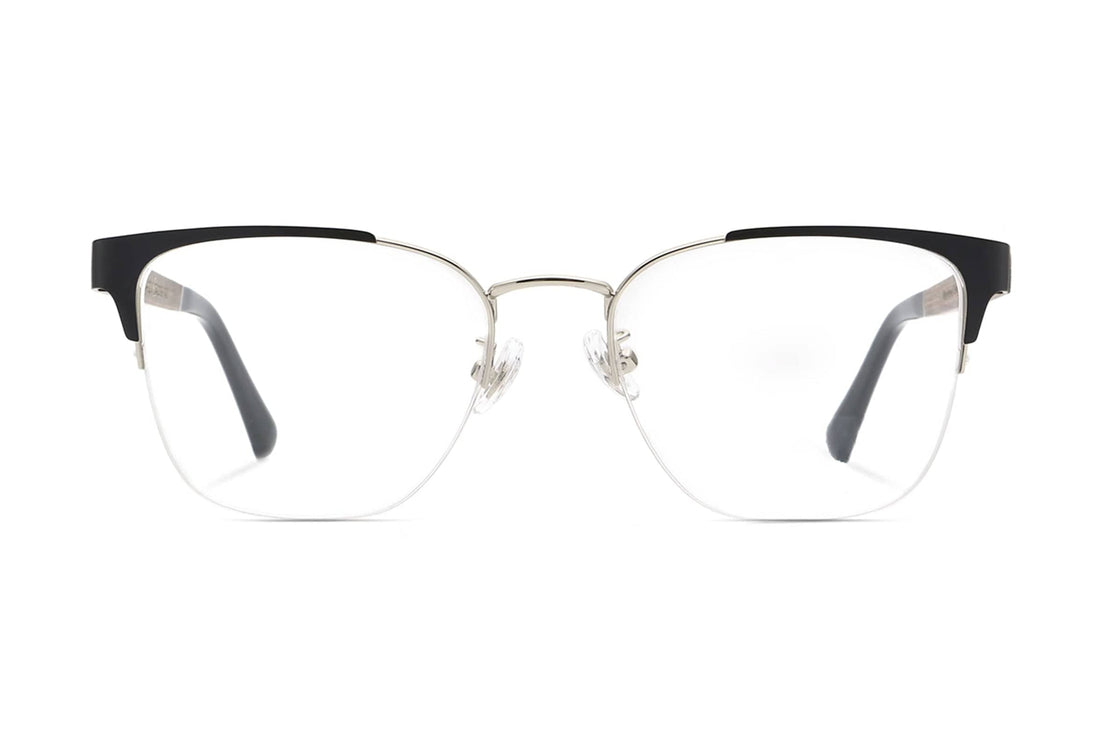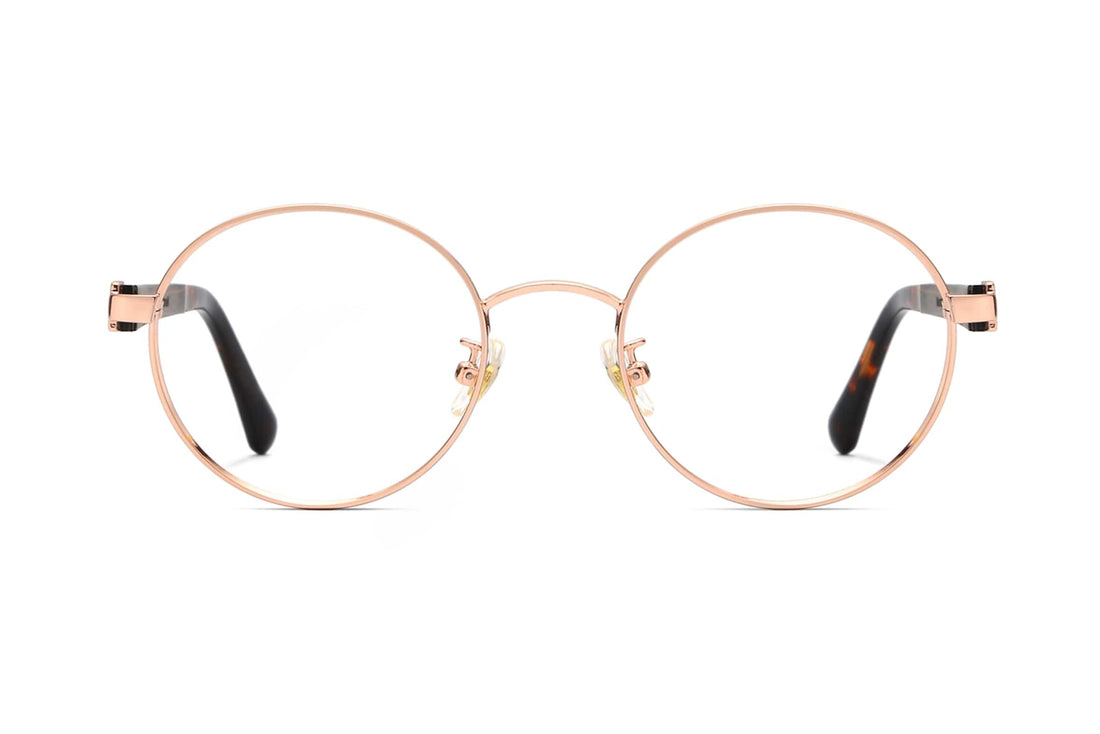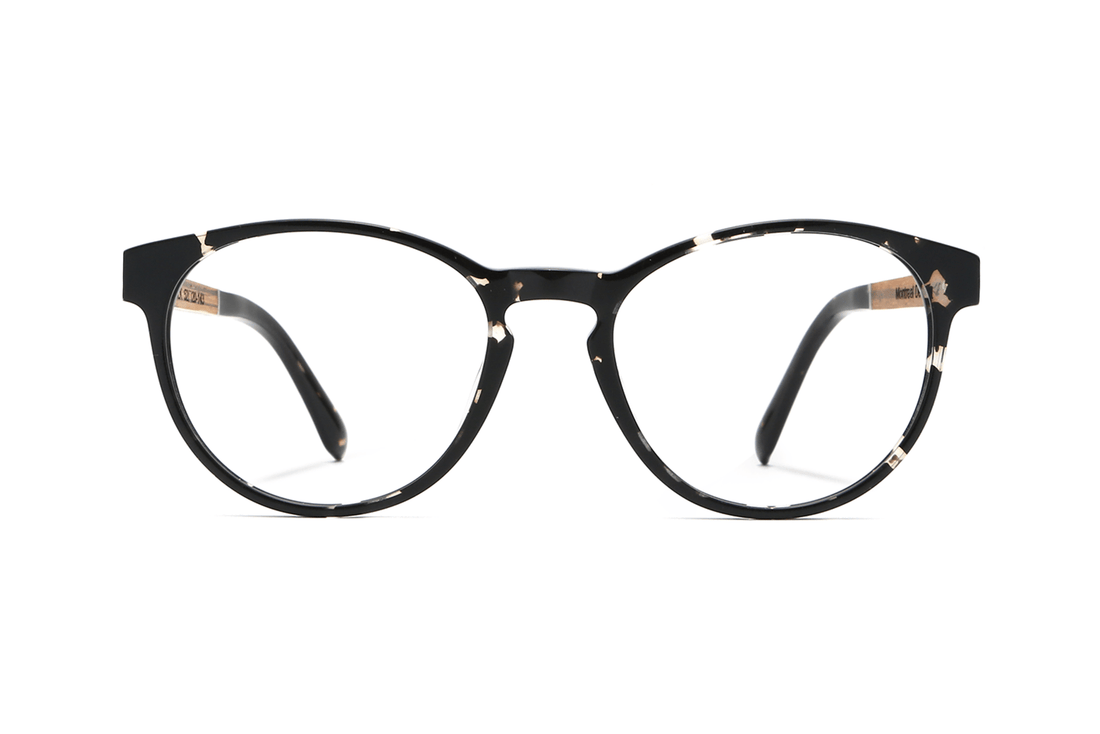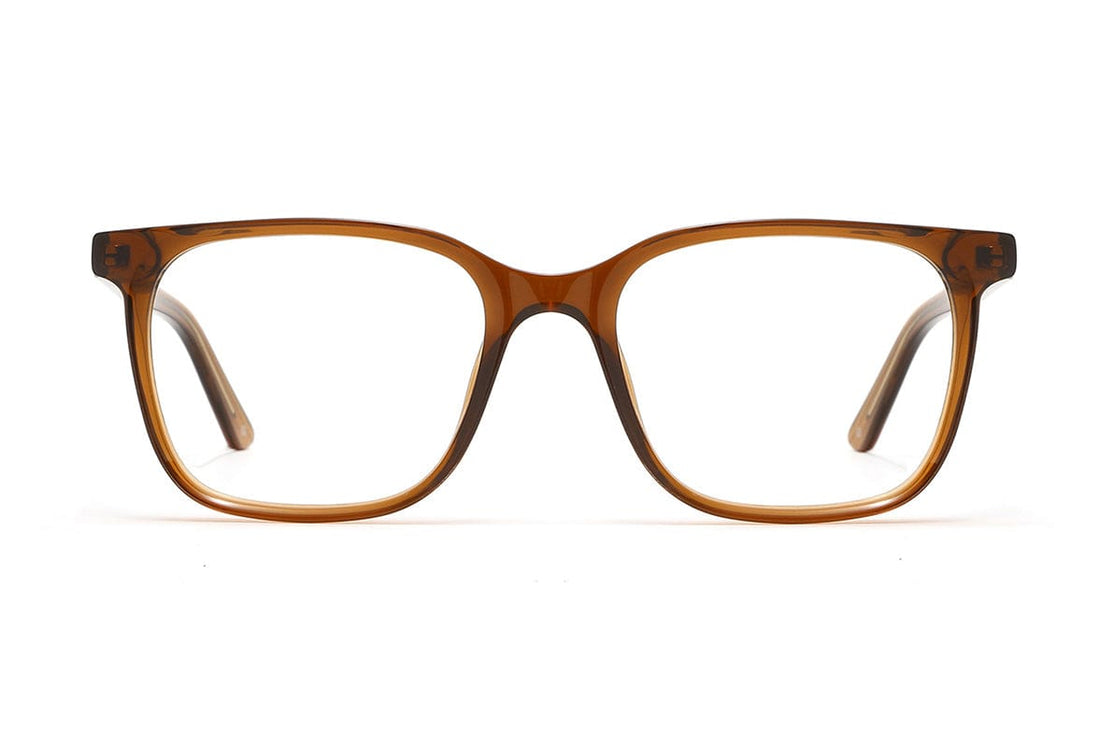
Progressive vs Bifocal Lenses: Pros and Cons Explained
Progressive vs Bifocal Lenses
7 min read • Posted on 18 September 2024
When it comes to progressive vs. bifocal lenses, a pair of eyeglasses can transform your life. Progressive vs. bifocal lenses can improve your quality of life and provide comfort the way you need daily. There are benefits to bifocal vs. progressive. This guide will break down the difference between progressive and bifocal and help you decide which might fit you better.
There’s a long-standing argument about whether progressive lenses are better than bifocals. If you’re new to wearing glasses or thinking of switching, you might want to know why. Fortunately, it’s easy to compare the two lens types. Let’s look at the details and see whether you are better off with one.
Understanding Progressive Lenses
What Are Progressive Lenses?
A progressive lens is also known as a multifocal lens. It is appropriate for people who need correction for near and far vision and allows the eye to gradually focus between the two distances without a bump on the lens, like in a bifocal lens.
Progressive lenses are designed to reflect natural vision much closer to how we would see if we didn’t need glasses. They allow for direct distance vision, the sight of the middle zone when looking straight ahead, and precise viewing at a distance. Reading a book or a menu becomes apparent when you look at it with the lower part of your eye. The viewing zones change gradually, and the head tilt decreases depending on the lens area used.
Advantages of Progressive Lenses
Here is a third advantage. In terms of appearance, progressive lenses offer the most significant benefit. Since they have no visible demarcation line, there is no visible difference between progressive and single-vision lenses. Progressive lenses are an excellent choice for those who prefer a covert solution and wish to hide their need for multifocal correction. They offer maximum aesthetics since they provide patients with a sleek, modern look.
A second and much more critical advantage of progressive lenses from an optical point of view is their functionality. As they allow the observers to accommodate and choose the specific segment that fits the tasks, we eliminate the need for ever-switching pairs of prescription glasses from time to time (for driving, working on the computer, reading, etc.).
The portrait of a person without progressive lenses would ideally be someone constantly trailing history books and long jumps. Now, one manages their work day with only one pair of glasses. This all-in-one convenience is perfect for on-the-move individuals who lead multifaceted lifestyles.
Disadvantages of Progressive Lenses
Yet the ‘intricate design’ of progressive lenses also has a ‘steep learning curve’: It’s not uncommon for new wearers to experience dizziness, a ‘swim,’ or a slight feeling of imbalance as their eyes and brain adjust to the various focal points. Finding the right focal area can take time, requiring a little patience and time for adaptation.
Not to mention that progressive lenses are usually more expensive than bifocals. The reason is their more complicated technology and manufacturing process. Advanced technology and higher costs can be a hindrance for some people. However, the benefits can outweigh what you pay for. Consider all these factors when choosing if progressive lenses are suitable for you.
Exploring Bifocal Lenses
What Are Bifocal Lenses?
Bifocals, with their distinctive ‘Spoon lens,’ have been a cornerstone of prescribed vision for at least 150 years for individuals with presbyopia, which is related to aging and reduces near, or reading, blurry vision ability. They are defined with two parts, one for distance and one for near, separated clearly by a noticeable marked line.
Their most straightforward advantage is how bifocals segregate near vision from a distance; you immediately know where to look,’ he said, no adaptation required. This no-fuss, no-assembly-required design has made bifocals such a workhorse eyewear preservative over the decades and, despite the rise of progressives, is their singular advantage.
Benefits of Bifocal Lenses
One of the main advantages of bifocals is that they provide users with an immediate and visually distinct difference, with their top and bottom parts distinguishable. In terms of ease of use, what this means is when you want to focus on something near, say, a book you want to read, you can look at your bifocals’ bottom part, and when you want to focus on something far away, say the television, you can look at their top part. This ease of use can be beneficial if you want to see something sharply and often want to change your focus without hassle.
A final benefit is an expense. Bifocal lenses generally cost less than progressives. Buying adequate vision without paying a price premium for state-of-the-art lens technology can be appealing. Money-wise, that's pretty enticing.
Drawbacks of Bifocal Lenses
Although there are some clear improvements, bifocal lenses have some downsides. For some, the notorious line between the top and the bottom portion might be evident, making them quite outdated-looking from a stylistic point of view. This issue makes them less appealing in comparison with modern frames.
Furthermore, the abrupt distinction between the two zones, the ‘visual cliff’ at the bottom of the lens, can trigger headaches or visual discomfort in some people. This abrupt cut-off between near and far vision can also negatively impact bifocal lenses, as there is no mid-zone to help with tasks that involve focusing at intermediate ranges, such as when working on a computer. This function-limiting feature of bifocal lenses is what we call a task-related limitation.
Critical Differences Between Progressive and Bifocal Lenses
Visual Transition
The most crucial distinction between progressive and bifocal lenses is their added function. Progressives provide a smooth gradient of lens power between the far and near fields of vision, giving the wearer a spectrum of vision. This translates into an optical experience akin to natural vision, where one visual transition is immediate, without the distinct line found through bifocals that delineate the space between far and near.
The line between the near and far areas of bifocal lenses is much more abrupt and jarring than the progressives, making it uncomfortable or impossible for some people to shift focus between distances. Also, the feeling of looking through the world can be less natural with bifocals than with progressives.
Lens Aesthetics
The advantage of progressive lenses in this regard is in the aesthetics department. These lenses look as good as standard single-intermediate vision lenses since they have no apparent visible lines. If you are obsessed with appearance, progressive lenses are your best bet. That explains why some patients prefer progressive lenses over bifocals.
The division between the two segments in bifocals is much more evident than that in progressive lenses: you can see that the lower part of a bifocal is separate from the rest of the lens. Some would find this division more hideous and old-fashioned than a sleek appearance. Progressive lenses are often better for people who care about style above everything else.
Adaptation Period
A period of adaptation is involved, as the eye must learn to concentrate or ‘sweep’ until it finds the right focal segment for the task (near, middle, or far). Some participants have reported that it took them several days to weeks to adapt thoroughly. During this adjustment process, some people can suffer from unsteadiness and dizziness.
Bifocal lenses are even more straightforwardly arranged, but the person wearing them must first learn to tolerate the notion of a clear visible line between the two lens segments and the abrupt visual shift. Because of that simplicity, the learning curve is at least less formidable and usually quicker than with progressives.
Choosing the Right Lens for Your Lifestyle
Daily Activities
Your daily activities may be the critical factor in choosing progressives or bifocals. Progressives are suitable for people with widely differing visual requirements during the day. For instance, if you spend part of your day reading, another part looking at a computer screen, and another part looking into the distance, these lenses should maximize your comfort across all these situations.
Bifocals can be a better option if your activities require good near and far vision, with less need for intermediate ranges: if you read a lot and drive, for instance, bifocals might give you sharpened vision of these two distance ranges without the complications of progressive lenses.
Personal Comfort
Feeling comfortable is essential when choosing lenses. With progressive lenses, the transition between different vision fields is seamless, with no visible lines, providing a natural, fluid visual experience. Many people prefer progressive lenses over bifocals because they offer smooth, uninterrupted vision. Some individuals also feel more comfortable with metal-framed glasses rather than bifocals, as they may reduce the feeling of discomfort or strain associated with segmented lenses.
However, if you find the transition in progressive lenses challenging, bifocals may be a more straightforward option. The distinct segments for near and far vision in bifocals can make it easier to focus on specific tasks, reducing the adaptation time needed when shifting between near and distant views. This can sometimes lead to a more comfortable, familiar experience.
Budget Considerations
Cost is another consideration when choosing between progressive and bifocal lenses. Because progressive leses demand more complex designs and technology, they are typically more expensive than bifocal lenses, which are more straightforward in design and devoid of characteristics that people might find problematic. Are you looking for something practical and budget-friendly while still obtaining an essential degree of vision correction? Then bifocals might be your best choice.
Expert Tips for Adapting to New Lenses
Gradual Adjustment
When people are adapting to an incredibly progressive lens, it helps to take it slowly. Begin by wearing it for two or three hours daily, gradually increasing the duration as the day progresses. Adapting your eyes and your brain to new focal points takes time.
In this stage, read a book, work at your computer, and walk outside. In other words, participate in activities that involve focal lengths at various distances as much as possible. This overall process will speed up the rehabilitation process.
Professional Guidance
It’s important to realize that struggling is not normal, and if you are, you should seek professional advice. Your optometrist will significantly help by offering adaptation tips and making technical alterations to improve your comfort. The difference between an accurate refraction, an appropriately chosen lens, and a correctly fitting spec, which refers to spectacles and vice versa for contact lenses, can significantly affect how smoothly your adaptation takes place.
If you don’t find this relief after a few weeks, contact your eye care professional and frequently return for follow-ups. Only your care provider can provide insight into what’s happening and what may need to be changed to assist with your adaptation to your new lenses. By coaxing the ocular muscle into accepting the lens, the doctor helps you adapt to your lenses and new vision before leaving the office.
Regular Eye Exam
Get an eye exam regularly, even more so after you’ve changed your lenses. An additional follow-up appointment, secondly and thirdly, would be handy to review your adaptation process and make the necessary adjustments and changes to suit your eye condition and your comfort. Those appointments are scheduled for a reason, and we must keep them. Remember to care for your eyes so that you can see your best every day.
These follow-up appointments will let your optometrist ensure you are progressing as you should or that your lenses aren’t causing problems as you learned to see with them. Your optometrist can continue to be supportive and make tweaks to your lenses so that your vision is all it can be. Keeping these appointments will help you have a great experience as you replace how your eyes see and help you sustain good ocular health and function.
The bottom line on bifocal and progressive lenses
Choosing between bifocal or progressive lenses can be easy. With the proper information for your individual needs, you can select the best option for your lifestyle and vision goals. Be you or your age, remember: comfort should rule clarity regarding you and your chosen vision.
Whether you choose bifocals or progressives, you aim to optimize your vision while viewing the world without anyone noticing. Talk to your eye care professional to decide what’s best for you. Clear vision is in your future.
For more information about eyeglasses lenses, check out our comprehensive Prescription Lens Guide that details the differences between various types of lenses.
 Rayhan El-Asmar
Rayhan El-Asmar






